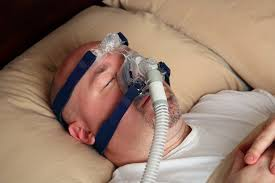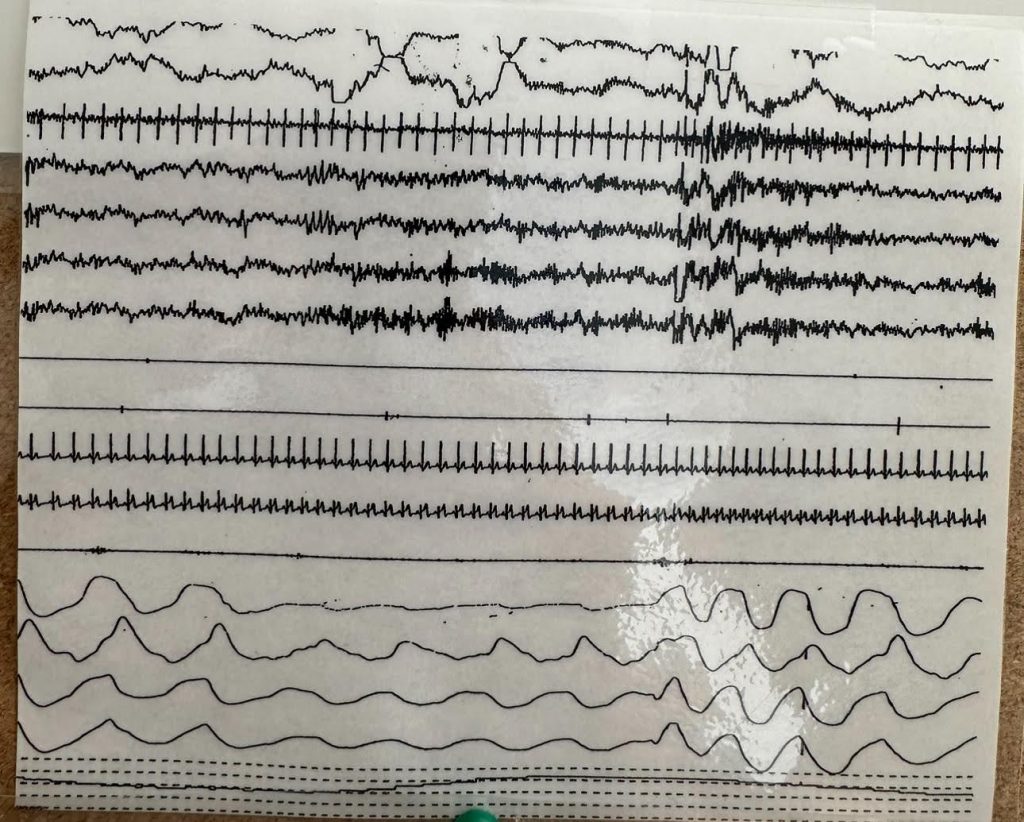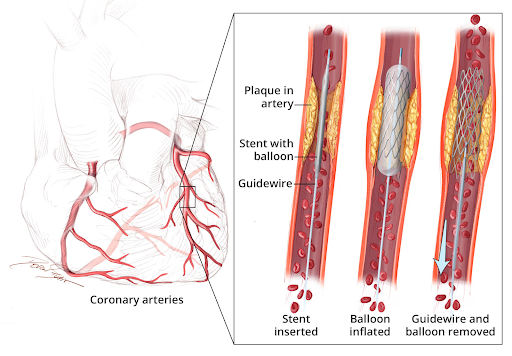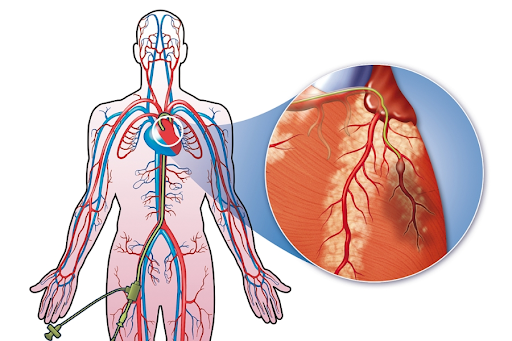

Continuous positive airway pressure (CPAP) titration is a specialized sleep study conducted to determine the optimal settings for CPAP therapy in patients diagnosed with obstructive sleep apnea (OSA). CPAP titration involves gradually increasing the air pressure delivered by a CPAP machine during sleep to eliminate or reduce episodes of apnea and hypopnea, improve oxygenation, and alleviate symptoms associated with OSA.
Purpose
The primary purpose of CPAP titration is to determine the appropriate level of CPAP therapy required to effectively treat obstructive sleep apnea while minimizing discomfort and side effects for the patient. By carefully adjusting the CPAP pressure settings during sleep, CPAP titration aims to:
- Eliminate or significantly reduce episodes of apnea (complete cessation of airflow) and hypopnea (partial reduction in airflow)
- Maintain an open airway and prevent collapse of the upper airway structures during sleep
- Improve oxygen saturation levels and gas exchange in the bloodstream
- Alleviate symptoms associated with OSA, including excessive daytime sleepiness, fatigue, loud snoring, and morning headaches
Procedure
The CPAP titration procedure is typically conducted in a sleep laboratory or clinic under the supervision of trained sleep technologists and healthcare providers. The following steps outline the general process of CPAP titration:
- Preparation: The patient arrives at the sleep laboratory in the evening and is prepared for the CPAP titration study by a sleep technologist or healthcare provider. Electrodes and sensors are applied to monitor physiological parameters during sleep, including airflow, respiratory effort, oxygen saturation, and heart rate.
- CPAP Setup: The patient is fitted with a CPAP mask that covers the nose, mouth, or both, and the CPAP machine is connected to the mask via tubing. The CPAP machine delivers a continuous flow of pressurized air to the airway to keep it open during sleep.
- Initial Pressure Setting: The CPAP machine is initially set to a low pressure level, and the patient is allowed to acclimate to the sensation of wearing the mask and receiving positive airway pressure.
- Pressure Adjustment: Throughout the night, the sleep technologist or healthcare provider gradually increases the CPAP pressure in small increments based on the patient’s response and feedback. The goal is to find the minimum effective pressure required to eliminate obstructive events and maintain normal breathing patterns during sleep.
- Monitoring and Evaluation: The patient’s sleep and breathing patterns are monitored continuously throughout the CPAP titration study using polysomnography (PSG) or other sleep monitoring equipment. The sleep technologist or healthcare provider observes the patient’s response to CPAP therapy and adjusts the pressure settings as needed to optimize treatment efficacy and comfort.
- Optimization and Documentation: Once the optimal CPAP pressure settings have been determined, the sleep technologist or healthcare provider documents the recommended pressure level and mask type for use during home CPAP therapy. The patient may receive education and training on how to use and maintain the CPAP equipment effectively.
Goals
The goals of CPAP titration include:
- Achieving effective control of obstructive sleep apnea by eliminating or significantly reducing episodes of apnea and hypopnea
- Maintaining an open and patent airway throughout the night to ensure uninterrupted breathing during sleep
- Improving oxygenation and gas exchange in the bloodstream, leading to normalization of oxygen saturation levels
- Alleviating symptoms associated with obstructive sleep apnea, such as excessive daytime sleepiness, fatigue, and cognitive impairment
Benefits
CPAP titration offers several benefits for patients with obstructive sleep apnea, including:
- Customized Therapy: CPAP titration allows for personalized adjustment of CPAP pressure settings based on the individual patient’s response and needs.
- Improved Treatment Efficacy: Optimizing CPAP pressure settings during titration ensures effective control of obstructive events and maximizes the therapeutic benefits of CPAP therapy.
- Enhanced Comfort: By carefully adjusting pressure levels and mask fit, CPAP titration minimizes discomfort and side effects associated with CPAP therapy, promoting better adherence and compliance.
- Symptom Relief: Effective CPAP titration leads to alleviation of symptoms such as daytime sleepiness, fatigue, and impaired concentration, improving overall quality of life for patients with obstructive sleep apnea.
Risks and Considerations
While CPAP titration is generally safe and well-tolerated, there are some risks and considerations to be aware of, including:
- Discomfort: Some patients may experience discomfort or difficulty adjusting to the CPAP mask and pressure during titration, which can affect sleep quality and compliance.
- Equipment Issues: Technical issues with the CPAP equipment, such as air leaks, mask discomfort, or equipment malfunction, may occur during titration and require troubleshooting by the sleep technologist or healthcare provider.
- Adverse Effects: In rare cases, CPAP titration may lead to adverse effects such as nasal congestion, dry mouth, claustrophobia, or aerophagia (swallowing air), which may necessitate adjustments to the CPAP settings or mask type.
Conclusion
CPAP titration is a critical step in the management of obstructive sleep apnea, allowing for personalized adjustment of CPAP pressure settings to optimize treatment efficacy and patient comfort. By carefully monitoring the patient’s sleep and breathing patterns and adjusting CPAP settings as needed, CPAP titration helps ensure effective control of obstructive events, improves oxygenation, and alleviates symptoms associated with obstructive sleep apnea, ultimately leading to improved quality of life for patients.
A CPAP titration study is an overnight sleep study used to properly set continuous positive airway pressure (CPAP) therapy. CPAP is a common treatment used to manage sleep-related breathing disorders including sleep apnea, hypoventilation, and hypoxemia. Once you are diagnosed with one of these disorders, you may need a CPAP study before you can begin treatment.
In some cases, members of the sleep team may perform a CPAP titration study on the same night as a sleep study. This is known as a split-night sleep study. The CPAP titration occurs in the second half of the night. This is usually only offered if the sleep apnea is severe and the diagnosis is clear.
In more mild cases, the CPAP titration study may occur after a physician reviews the results of the sleep study. The doctor will decide if you need to come in for a CPAP study.



